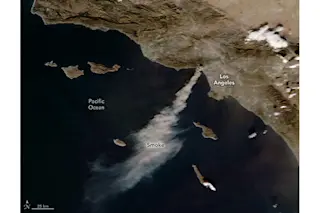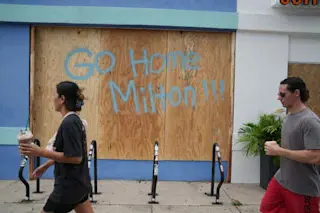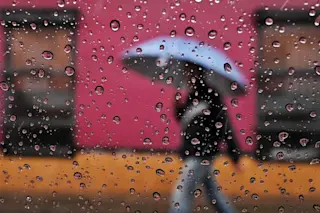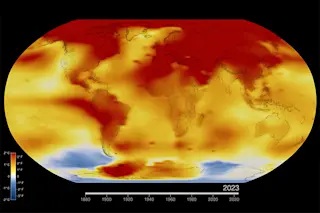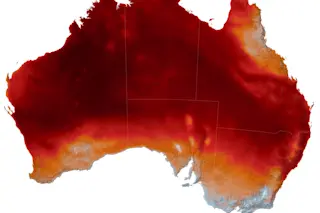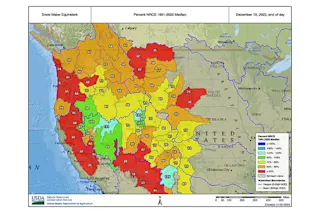The Great Lakes on the night of April 16, 2014, as seen by the VIIRS instrument on the Suomi NPP satellite. Ice is still present on all the Great Lakes except Lake Ontario. (Source: CIMSS Satellite Blog) Here we are in mid-April and the Midwest is experiencing yet another unusual wintry blast. No wonder there's still quite a lot of ice in the Great Lakes, as you can see in the remarkable image above, captured under a full moon at night by the Suomi NPP satellite. Click on it to enlarge it. The ice is particularly evident in Lake Superior at upper left. Meanwhile, warm and dry conditions continue in California. New NASA-funded research led by Simon Wang at Utah State University, suggests that this pattern — frigid cold in the North American mid-section and dry in California — is connected to global warming. In this post, I'll explain the ...
California Drought, Midwest Chill Tied to Climate Change?
Explore the Great Lakes ice conditions and their connection to global warming and weather patterns affecting California.
More on Discover
Stay Curious
SubscribeTo The Magazine
Save up to 40% off the cover price when you subscribe to Discover magazine.
Subscribe


